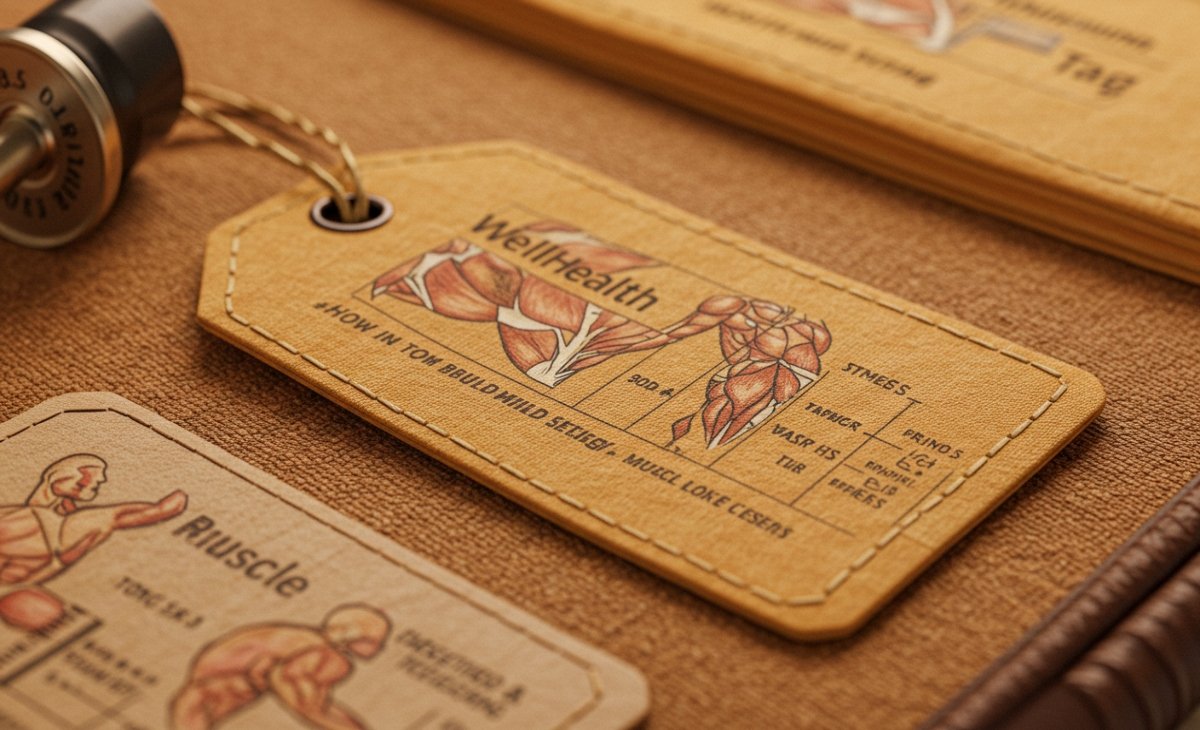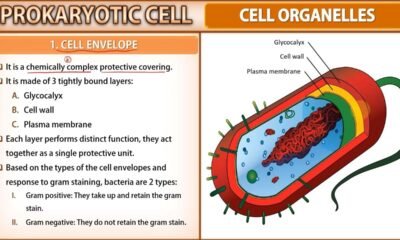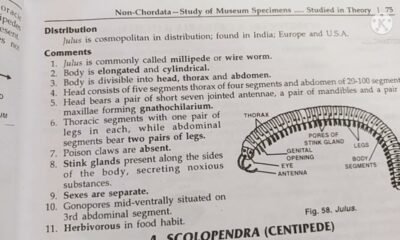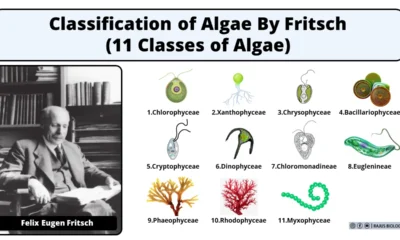Health
Wellhealth How to Build Muscle Tag Explained

Understanding the concept behind wellhealth how to build muscle tag starts with recognizing the growing demand for evidence-based fitness strategies. In today’s world, countless individuals are on a mission to sculpt stronger physiques, improve metabolic health, and increase confidence. Amid the information overload, finding a reliable, structured, and sustainable method can be overwhelming. This is where the wellhealth how to build muscle tag gains prominence, offering a practical framework that supports holistic muscle development through proper nutrition, training, and recovery strategies.
The phrase wellhealth how to build muscle tag is not just a set of instructions—it represents a comprehensive ideology. It brings together modern fitness science and personalized wellness into a singular tag that guides users towards their muscle-building goals. Unlike random workout advice found on forums or social media posts, this concept aligns with foundational health principles and promotes safe, long-term muscle growth.
Core Philosophy of the Wellhealth Method
At its core, wellhealth how to build muscle tag emphasizes sustainable progress. It encourages individuals to prioritize balanced routines over quick fixes. The philosophy revolves around three primary pillars: resistance training, nutrition optimization, and recovery enhancement. These components are not just essential—they are non-negotiable for those serious about building lean muscle mass and maintaining overall well-being.
What separates wellhealth how to build muscle tag from other methodologies is its integrated focus on physical, mental, and hormonal health. By aligning fitness practices with nutritional science and psychological resilience, this method avoids burnout and overtraining. It’s not about extremes—it’s about consistency. This philosophy is accessible to both beginners and seasoned athletes, ensuring that anyone who applies it can benefit.
You Might Also Like: Prostavive Colibrim
Training Principles Within the Tag
Effective training is at the heart of the wellhealth how to build muscle tag. It promotes structured resistance training routines that progressively challenge the body. These routines generally include compound movements like squats, deadlifts, presses, and pulls, which activate multiple muscle groups simultaneously. By focusing on these foundational lifts, individuals can create a strong base and trigger natural muscle growth through mechanical tension and overload.
Another critical principle within the tag is progressive overload. The body adapts to stress by growing stronger, and this adaptation can only occur if the muscles are consistently challenged. Wellhealth how to build muscle tag encourages regular increments in weights, volume, or training intensity. However, it also advises against excessive strain, reminding users to prioritize form, safety, and recovery.
Each training plan within this method is customized based on experience level, available equipment, and individual goals. Whether someone trains at home or in a gym, the wellhealth how to build muscle tag provides scalable and flexible workout designs that are easy to implement and monitor over time.
Importance of Nutrition in the Wellhealth System
No muscle-building journey is complete without proper nutrition, and this is where the wellhealth how to build muscle tag excels. The method recognizes that food is more than fuel—it’s the building block for muscle tissue. A protein-rich diet is emphasized, as protein supplies the amino acids necessary for muscle repair and growth. The tag also promotes strategic carbohydrate intake to replenish glycogen stores and enhance workout performance.
Fats are not neglected either. Healthy fats support hormone production, particularly testosterone, which plays a significant role in muscle development. The tag recommends sources like avocados, nuts, seeds, and olive oil to ensure hormonal balance and satiety. Micronutrients, such as magnesium, vitamin D, and zinc, are also discussed in the context of optimizing recovery and muscular health.
Meal timing and frequency are adjusted to suit the individual’s metabolic rate, goals, and preferences. Whether someone practices intermittent fasting or prefers small frequent meals, the tag accommodates flexibility while ensuring that overall caloric and macronutrient needs are met. The wellhealth how to build muscle tag reinforces the belief that long-term results come from consistency in eating patterns, not from crash diets or elimination protocols.
Recovery Strategies and Their Impact on Gains
Recovery is often the missing piece in many fitness regimens, but the wellhealth how to build muscle tag places it at the forefront. Muscles do not grow during workouts—they grow during rest. Without proper recovery, the body remains in a stressed state, increasing the risk of fatigue, injury, and diminished performance. The tag promotes high-quality sleep, active recovery days, and stress-reduction techniques to ensure optimal growth conditions.
Sleep is particularly emphasized, with a minimum of seven to nine hours recommended for most individuals. During deep sleep stages, the body releases growth hormone, which facilitates muscle repair and regeneration. The tag suggests maintaining consistent sleep schedules and minimizing screen time before bed to improve sleep quality.
Active recovery strategies such as walking, yoga, or light mobility work help improve circulation and reduce muscle soreness. Furthermore, the tag addresses the importance of hydration and electrolyte balance, particularly after intense workouts. These practices not only aid in physical recovery but also contribute to mental clarity and overall well-being.
Mental Discipline and Motivation
The journey to building muscle is as much mental as it is physical. The wellhealth how to build muscle tag integrates mindset coaching into its approach. Goal setting, habit formation, and psychological resilience are discussed as essential components of a successful training regimen. Individuals are encouraged to set SMART goals—specific, measurable, achievable, relevant, and time-bound—to track progress effectively.
Overcoming plateaus and staying consistent requires more than motivation—it demands discipline. The tag teaches users to embrace discomfort and view challenges as opportunities for growth. Visualization techniques, journaling progress, and celebrating small milestones are strategies recommended to stay focused and inspired throughout the process.
Community support is another key feature. The tag encourages joining fitness communities, either in-person or online, to share experiences, seek guidance, and maintain accountability. The power of shared goals and mutual encouragement cannot be overstated in a long-term fitness journey.
Adaptability for Different Body Types and Goals
One of the standout features of wellhealth how to build muscle tag is its adaptability. It recognizes that no two individuals are the same and that a one-size-fits-all approach is ineffective. Body types, metabolic rates, previous fitness history, and individual goals all play a role in determining the ideal training and nutrition plan.
For ectomorphs who struggle to gain weight, the tag suggests higher caloric intakes and lower training frequencies to avoid overexertion. For mesomorphs who naturally gain muscle, the tag focuses on refining aesthetics and performance. Endomorphs, who tend to store fat easily, receive guidance on managing fat gain while pursuing muscle growth through strategic cardio and dietary control.
In all cases, the tag avoids extreme measures. Instead, it promotes slow and steady gains, reducing the risk of injury and burnout. This individualized approach ensures sustainability and encourages users to listen to their bodies rather than blindly follow rigid plans.
Supplements: Do They Fit Into the Tag?
While the wellhealth how to build muscle tag prioritizes whole food nutrition, it also acknowledges the role of supplements in modern fitness. Supplements are considered tools—not essentials. The tag suggests protein powders for individuals who struggle to meet daily protein targets, especially post-workout when quick absorption is beneficial.
Creatine monohydrate, one of the most researched supplements, is also discussed for its role in increasing strength and muscle mass. Other useful supplements under the tag include omega-3 fatty acids, vitamin D, and magnesium. However, users are cautioned to avoid relying solely on supplements and to focus first on dietary consistency.
Quality and sourcing are emphasized, with the tag recommending brands that undergo third-party testing. Supplementation is treated as a means to enhance an already solid foundation, not as a shortcut to bypass effort and consistency.
Monitoring Progress and Making Adjustments
Tracking progress is vital for continued success, and the wellhealth how to build muscle tag incorporates multiple methods to do so. Users are advised to measure changes in strength, body composition, and overall performance rather than relying solely on weight. Photos, body measurements, and strength logs provide a more accurate picture of progress than the scale alone.
Regular reassessment is encouraged. Every four to six weeks, users are guided to review their plans and adjust based on results. If progress stalls, changes might include adjusting workout volume, increasing protein intake, or enhancing recovery strategies. This cycle of feedback and adjustment ensures that the body remains responsive to training stimuli.
The tag emphasizes patience and reminds users that muscle building is a gradual process. Avoiding comparison with others and focusing on personal growth helps maintain motivation and reduce frustration. By creating a feedback loop, the wellhealth how to build muscle tag keeps users engaged and committed.
Lifestyle Integration and Long-Term Sustainability
A core objective of the wellhealth how to build muscle tag is to integrate fitness into daily life. Rather than treating it as a short-term challenge, the tag promotes lifestyle adoption. This means creating routines that align with work schedules, family responsibilities, and social commitments. The tag helps users build habits that can be maintained regardless of life’s changes.
Meal prepping, flexible workout timing, and prioritizing recovery are tools offered to make the muscle-building journey manageable. By reducing complexity, the tag makes consistency easier to achieve. This lifestyle-first approach results in better adherence and long-term results.
Wellness beyond the gym is also addressed. The tag includes tips on maintaining joint health, improving posture, and reducing sedentary behaviors. This holistic view ensures that the pursuit of muscle is aligned with overall health and longevity.
Conclusion: Transforming Your Body with the Tag
The wellhealth how to build muscle tag is more than a set of instructions—it’s a lifestyle approach grounded in science, personalization, and sustainability. It empowers individuals to take control of their health through structured training, smart nutrition, and deliberate recovery. With its focus on adaptability, mental strength, and holistic well-being, the tag stands as a comprehensive guide for anyone seeking to build muscle without compromising overall health.
Whether you’re just starting out or looking to refine your current routine, this tag offers practical tools and proven strategies to help you reach your goals. The journey of muscle building is one of discipline, patience, and growth. With the wellhealth how to build muscle tag, that journey becomes clear, achievable, and deeply rewarding.

 Blog7 months ago
Blog7 months ago[PPT] Human Reproduction Class 12 Notes
- Blog7 months ago
PG TRB Botany Study Material PDF Free Download
- Blog7 months ago
Contribution of Indian Phycologists (4 Famous Algologist)

 Blog7 months ago
Blog7 months agoCell The Unit of Life Complete Notes | Class 11 & NEET Free Notes

 Blog7 months ago
Blog7 months ago[PPT] The living world Class 11 Notes

 Blog7 months ago
Blog7 months agoJulus General Characteristics | Free Biology Notes

 Blog7 months ago
Blog7 months agoClassification of Algae By Fritsch (11 Classes of Algae)
- Blog7 months ago
Class 12 Biology Notes Chapter wise PPT












